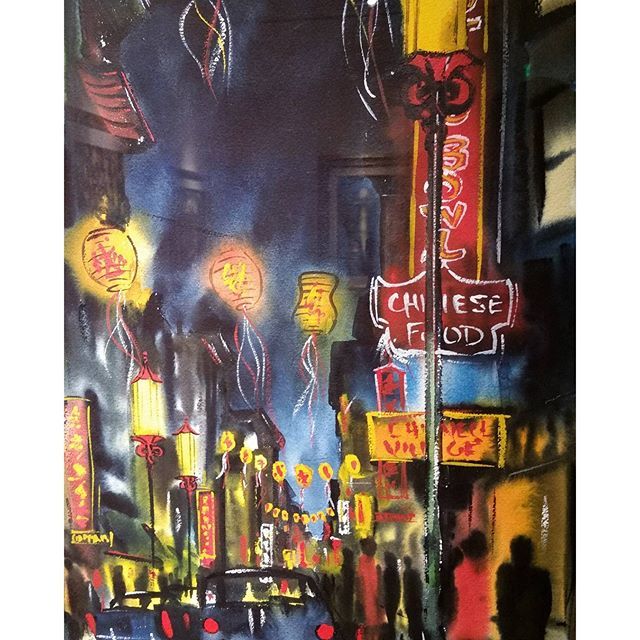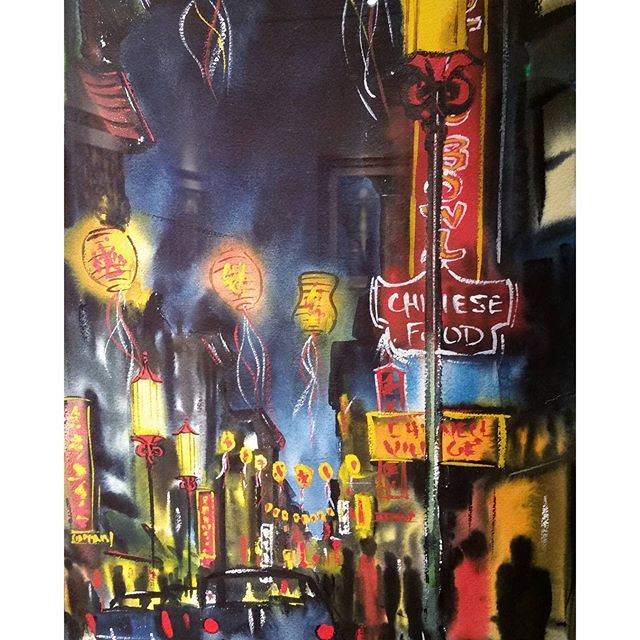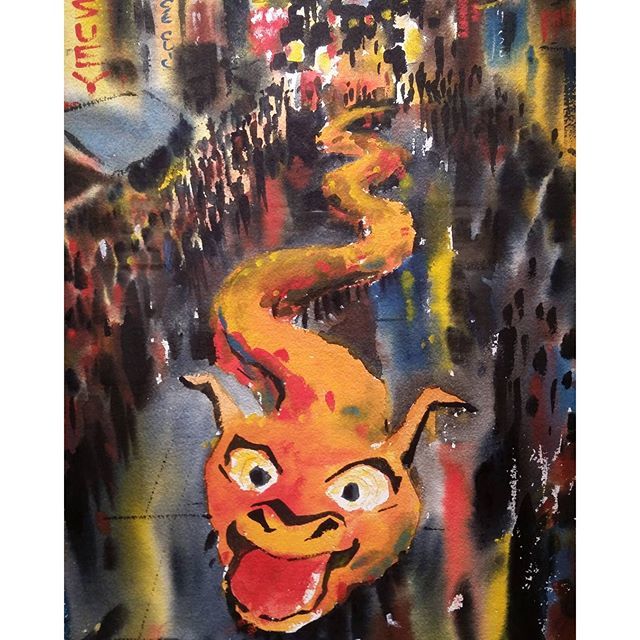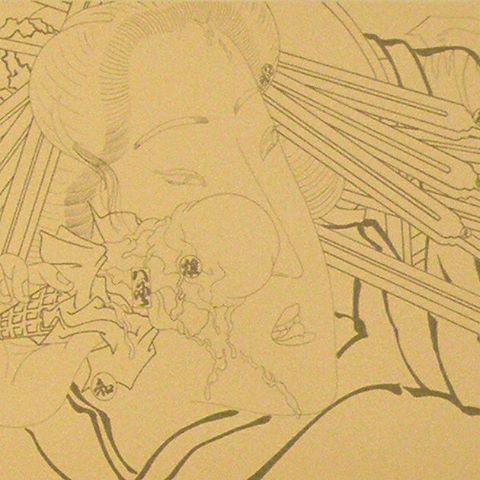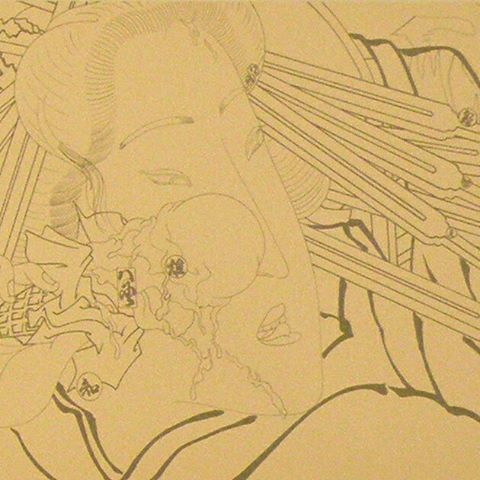Chapman U Art Collections
Dong Kingman, also known as Dong Moy Shu, was born in Oakland, California on March 31, 1911. At the age of 5, his family moved back to Hong Kong in order to open a dry goods business. In Hong Kong, he attended the Chan Sun Wen School where he excelled in both drawing and painting… When his family moved back to Oakland in 1929, his passion...
read more »




